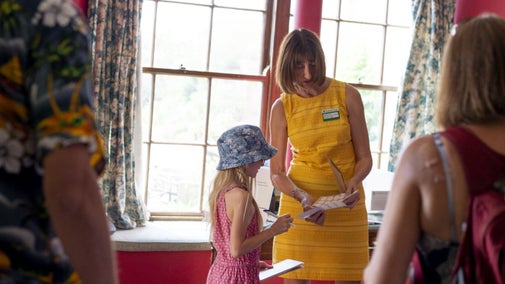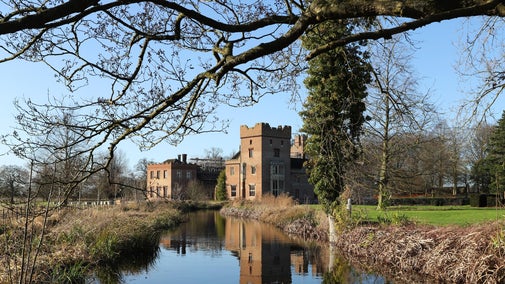Where are we now?
With a keen eye on conservation, we want to be ready to welcome a wide range of new and existing communities and find diverse ways for everyone to feel part of this place.
Fundamental to our vision is looking after land and buildings and protecting what's special. Sustainability is at the heart of everything we do. We're lucky to be able to take a long-term view to ensure we continue to care for the estate's built and natural heritage.
We will do this by creating a range of connected destinations and activities across the estate and making big plans for nature. This is the vision and ambition for the destination estate.
What we've achieved
- Over 250,000 trees planted
- Worked in partnership with the Woodland Trust, West Country Rivers Trust, FWAG SW and 15 farm tenants.
- 3 community forests at Elbury, Columbjohn and Beare Farms.
- Restored ancient woodland and protected ancient trees, planting over 600 vetran trees of the future.
- Replanted 15km of hedgerow that will encourage bees to pollinate and provide food for nature
- Restored floodplains along the River Culm, creating new wetland habitats and improved landscape resilience.
What are our aims?
Everything we do is with conservation on mind. Looking to the future; we'd like to add to our work and:
- Restore or create 1,200 hectares of priority habitat across the estate, ensuring areas for nature are bigger, better and more joined up.
- Create new opportunities for people to connect and care for nature, promoting health and wellbeing.
- Utilise nature-based solutions to mitigate the impact of climate change. Minimise the use of man-made fertilisers and pesticides.
- Create a sustainable transport network using low carbon options such as public transport and e-bikes.
- Establish new green corridors to nearby communities for walkers, cyclists and horse-riders.
- Diversify the estate economics creating new business opportunities and employment e.g. events, functions, retail/farm shop.
- Work collaboratively with local communities and build partnerships for positive change.











